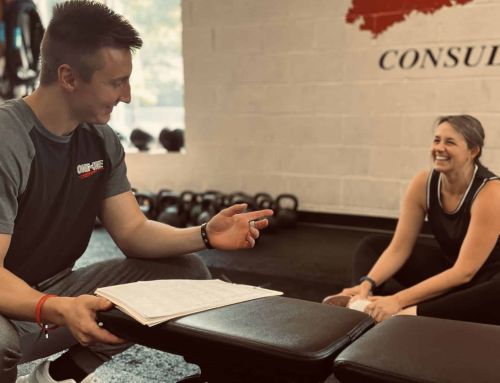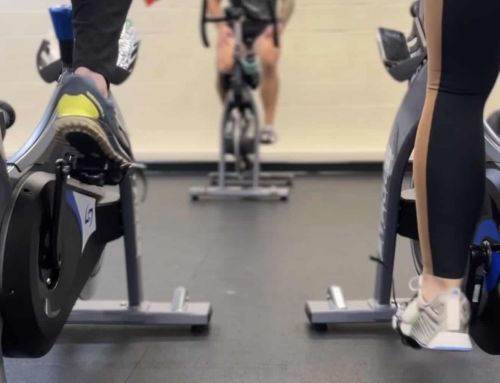
By: Bruce and Ryan Burke
Last Updated: 5/25/25
How to Use Pace to Manage Workout Intensity and Maximize Results
Pace is a powerful tool to manage the intensity of your workout and maximize your results. How you pace your session should be intentional, whether you’re slowing down to increase time under tension or speeding up to increase metabolic disturbance. This week’s Focus Point highlights how to use pace strategically to get the most out of your training, without sacrificing form or effectiveness.
What is the right pace?
For body transformation and performance enhancement, the ultimate goal of each training session is to get as much quality work done as possible. This means progressively limiting rest between exercises and increasing the overall pace of the workout. As your fitness increases, the amount of rest needed between sets will naturally decrease. Accordingly, you will accomplish more work in the same amount of time, making your time spent at the gym more efficient and effective.
So, how do you know if you are training at an appropriate pace? Although your fitness level and goals ultimately determine pace, your training should be as vigorous as possible while still allowing you to feel good when you are done. In order to ensure a safe and effective workout, remember to never compromise form for the sake of pace.
Changing the pace.
A great way to intelligently increase pace is to apply active rest and recovery strategies. For example, between bouts of more traditional loaded exercises, perform a corrective exercise or an “unloaded” exercise. As your fitness improves, your active rest can become more challenging. This will lead to more work being done, more calories being burned, and increased EPOC.
Below are some other strategies you can use to challenge yourself through manipulating pace:
- Workout with a friend or in a group setting. You will naturally push yourself more when working out with others.
- Give yourself an allocated amount of rest time between exercises or sets using a stopwatch. As your fitness level increases, decrease your rest time.
- Time yourself to see how quickly you can get through a set with perfect form. Attempt to ‘beat the clock’ as your fitness progresses.
- Slow down the tempo of resistance exercises (i.e bench press). This increases the time under tension for your muscle fibers, increasing the difficulty of the exercise.
For this week and moving forward, be deliberate with your pace. If you are slowing down or speeding up, it must be happening for the right reason. Appropriately push your pace and get the most out of your time-spent training!




